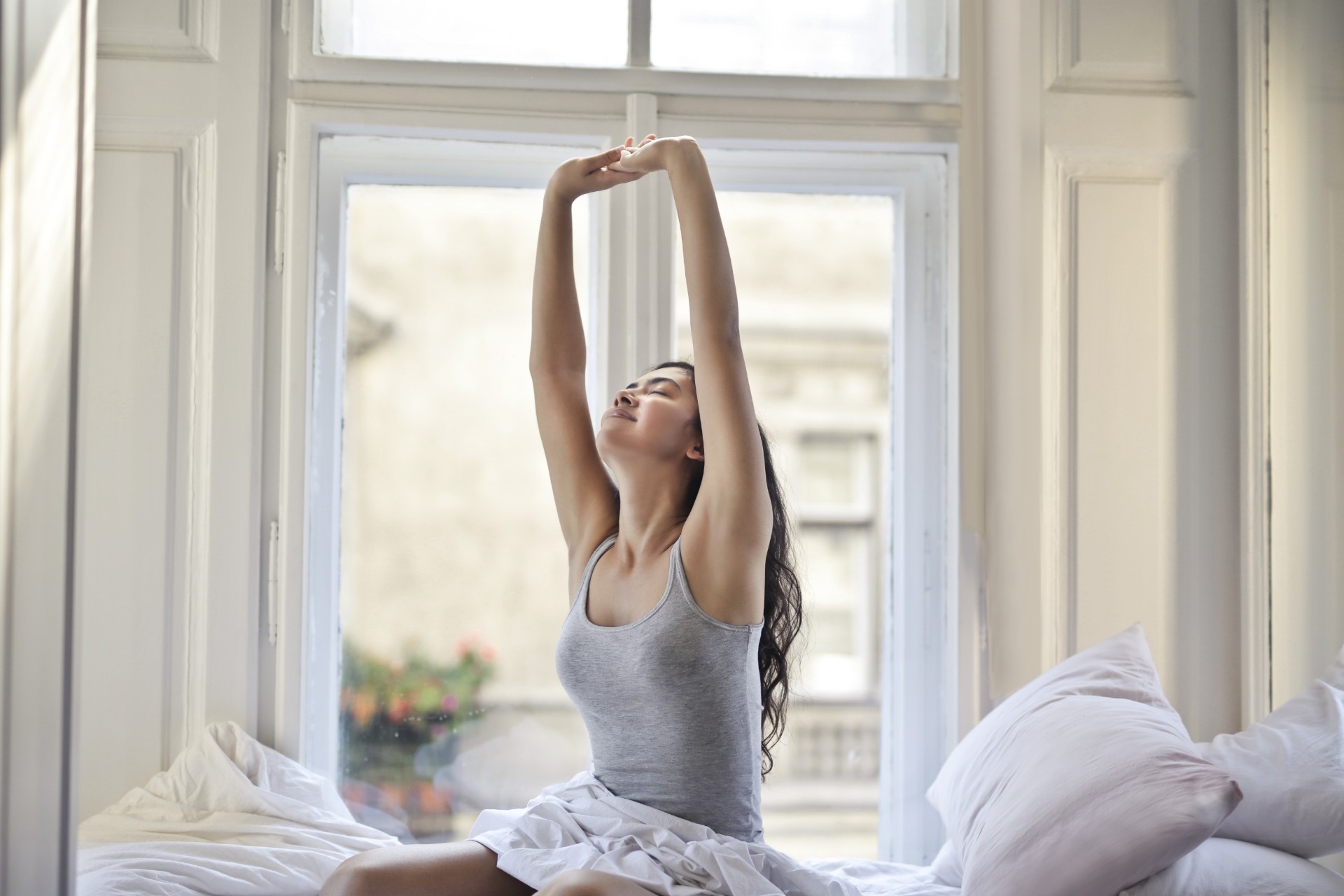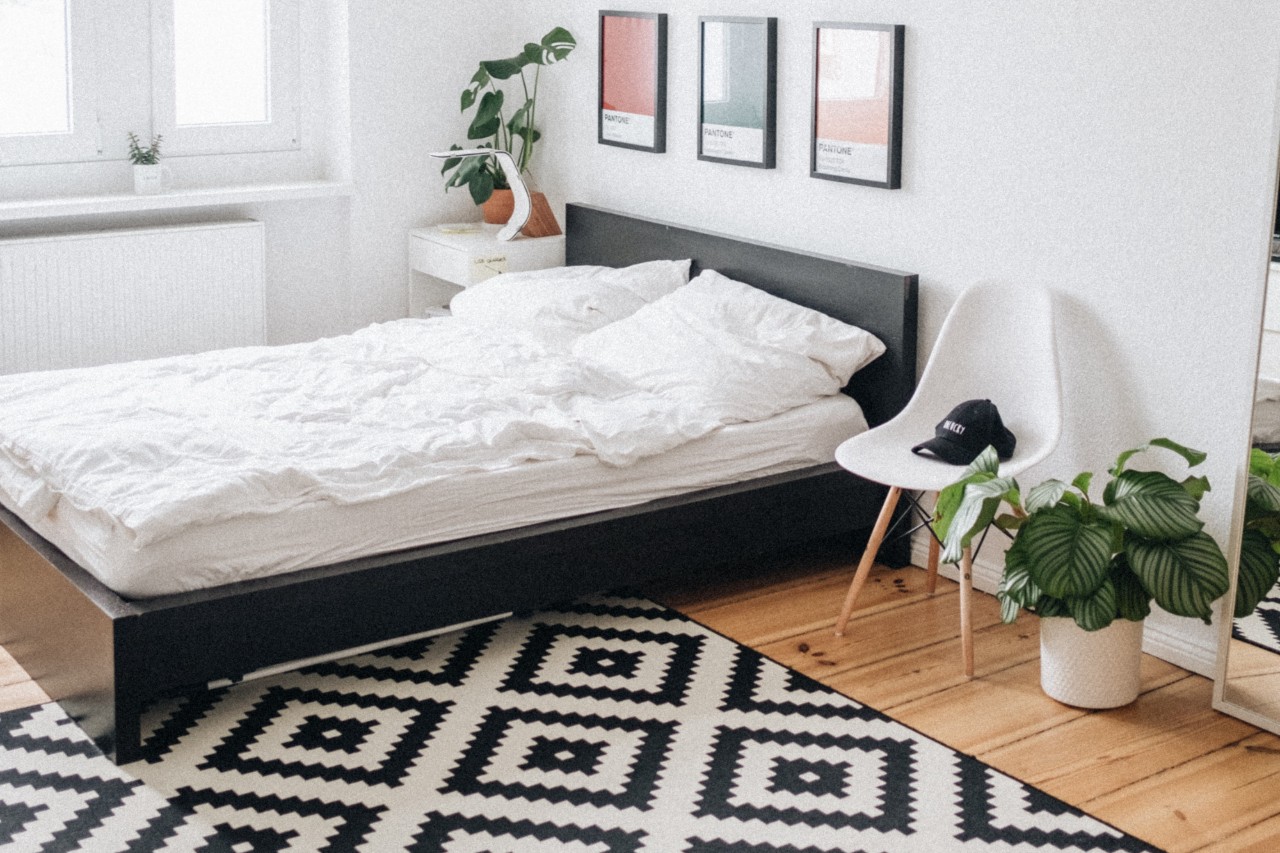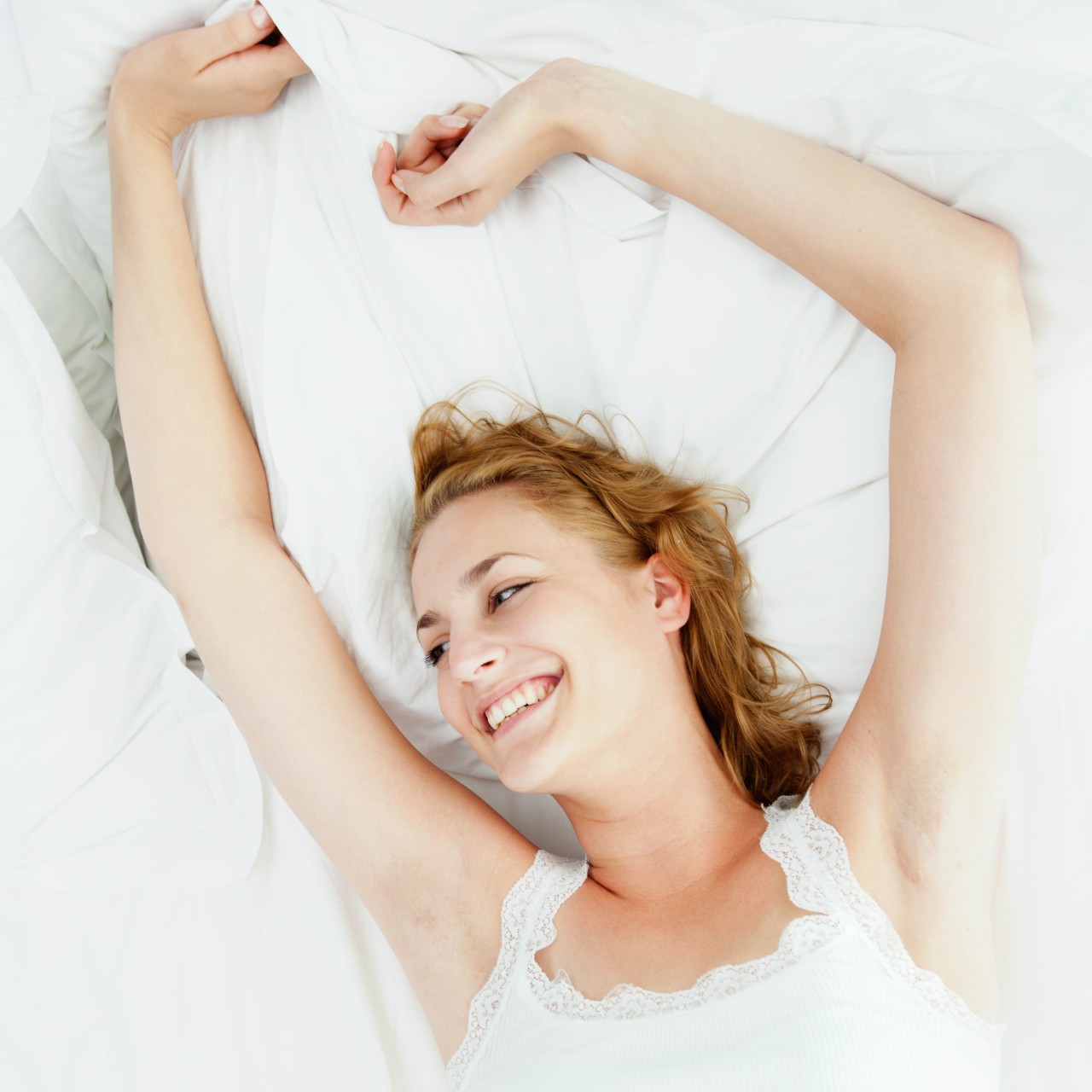You’ve got your thermostat set low. You’ve got the right bed. You’ve chosen the right, supportive pillow for an excellent night’s sleep. You should be having the best rest of your life, but instead, you wake up sweaty and uncomfortable each time you try to sleep.
The problem isn’t your thermostat or your bed. It’s not even a question of a fan. The secret to a sweat-free night could be right under your nose — your bedsheets. Cooling bedsheets can help keep sweat at bay and increase the air circulation you need to sleep peacefully. Let’s take a look at what cooling bedsheets can do for you.

What are cooling bedsheets?
Bedsheets designed for cooling during sleep are made of materials designed to increase circulation and enhance moisture absorption. The sheets begin to wick away sweat from your body to evaporate quickly.
These materials work in conjunction with your fan, your thermostat, and your mattress to speed up the process of evaporation so that you feel cooler overall. Without sheets like this, you could be locking in heat no matter what your room environment is like.
You’ve got two basic types of cooling sheets:
- Absorbent — These sheets work by quickly wicking sweat away from the body to help you feel cooler through evaporation.
- Circulatory — Breathable sheets work by allowing greater air circulation around your body, keeping you cooler to prevent sweat in the first place.
These sheets focus on one or the other property, but sometimes materials can do both. If you have serious troubles, find a sheet that is both absorbent and helps with air circulation.
Why do I sleep hot?
Not everyone has trouble with thermoregulation (the process of managing our body heat) at night, but if you do, you know that it’s miserable. There are a few reasons you could be having trouble.
- Hormones — Your body’s hormones sometimes become imbalanced, causing them to interfere with your natural thermoregulation process.
- Natural heat — Some people just tend to run a little hotter than others naturally.
- Partners, children, and pets — If you don’t sleep alone, you know that sometimes the combined body heat is enough to make everyone feel hotter.
- Medications — The side effects of some medications can cause you to feel hot.
- Outside temperatures — Sometimes, no matter what you do to your thermostat, the environment itself is just hot.
The experts over at Sleep.org say, “While everyone has different preferences, most experts agree the best temperature for sleep falls between 60 and 67 degrees Fahrenheit (15.6 to 19.4 degrees Celsius).”

What materials do cooling bedsheets use?
The cooling mechanism of the sheets is all in the fabric and the weave. Health.com says, “The National Sleep Foundation recommends a thread count of 200 to 400.” Natural fibers are your best bet.
Types of materials
The materials themselves can sometimes cause a cooling effect because of natural absorbency and breathability.
- Cotton — Often affordable cooling sheets use a nice cotton weave for air circulation, as Martha Stewart mentions.
- Linen — There’s a reason that linen is often used as a summer suit material. It’s lightweight and highly breathable.
- Bamboo — Bamboo fibers woven into other materials increase both absorbency and air circulation. It’s also a highly sustainable material.
- Eucalyptus — The sustainable fibers of eucalyptus also cool and are naturally antimicrobial. They also help with odor.
- Performance polyester — Newer forms of polyester, like the type used in performance sportswear, can wick away sweat better while increasing breathability.
- Tencel — Tencel is a unique fiber made of wood pulp. It’s one of the best options for absorbing moisture, helping you feel cooler all around.
Types of weaves
The weave can also make a difference in air circulation.
- Percale — This wide weave leaves a lot of space between threads allowing maximum circulation for better airflow.
- Sateen — Another wide weave, this one also allows maximum air circulation.
- Jersey — Jersey can be a toss-up as far as breathability. It depends on the material itself.
You should avoid weaves like twill, which are soft for sure but have a dense weave that’s more form-fitting. Not only does it hug your body closer, but it impedes airflow. Choose both a fabric and a type of weave that encourages cooling to feel better at night.
Do cooling sheets work?
While they can’t do anything if your room is hot, cooling sheets can work if your ambient temperature is cooler. Combine them with a well-circulating mattress and the right fan, and you’ve got a chance of finally sleeping sweat-free.

Sleep better at night
If you’ve done everything else and you just can’t quite seem to sleep comfortably, the answer could be your sheets. It’s time to improve your overall sleep quality with a better performing sheet to increase circulation and improve moisture absorption.
The sheets aren’t a magic bullet, but if the environment is right and your mattress is doing its job, cooling sheets can help improve the immediate space around you so you have the best chance possible to sleep cooler.
Give yourself a few days to get used to cooling bedsheets before you make your final call and then have the best sleep of your life. It all comes down to temperature, and cooling sheets could be your secret weapon.



